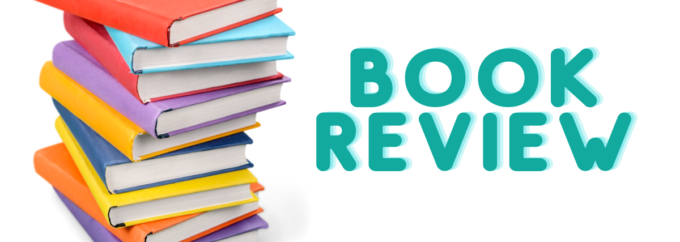It is helpful to utilise texts that portray an authentic view of disability, but also not to completely exclude texts which do not meet this standard. Promoting discussion about the portrayal of disabled people can both reflect and shape societal attitudes, but it must be done with sensitivity. Focussing on these portrayals, then, becomes a means of examining, and in some cases opposing, ableism and discrimination.
- Check for disability stereotypes
A stereotype is a simplified generalisation about a particular group, in this case, disability.
Is disability merely used as a device, or as a metaphor for a character’s development or a substitute for what the author wanted to say? For example, blindness is often used as a metaphor for someone who lacks awareness. Metaphors and myths about disability are a barrier to effective inclusion.
Are the disabled characters portrayed realistically? Is disability overemphasised in the novel rather than revealing a real person with a balance of strengths and weaknesses? Are disabled people portrayed as a burden, evil, superheroes, dangerous or saintly? Is disability presented as a part of who the characters are, rather than all that they are?
Does the portrayal of the disabled character differ significantly from non-disabled characters? People with disability participate in life in similar ways to non-disabled people. They may have careers, intimate relationships, have children, attend university and travel overseas. What texts often do not convey are external barriers to participation in life, and positive disability identities and the disability community. In particular, check the agency of the disabled character and whether they have a voice or are passive throughout the text.
- Check the message of the text
Does the book romanticise disability by undermining the reality of disability? Does it infantilise disabled people? Does it portray disabled people as inspirational? If the key message of the book is that disabled people are inspirational because they have triumphed over their mind and body (so-called “inspiration porn”), or they should overcome their disability, then this is problematic.
- Check whether the text approaches disability from a social perspective
Is disability portrayed as the result of intrinsic factors or is the role of the environment in creating a barrier to access acknowledged? Is disability portrayed as a deficit or personal tragedy that must be fixed? Who has power and control in this text? The non-disabled people should not have all the power, take all the leadership decisions or make all of the decisions.
- Check the language and images used?
When students are continually exposed to normative ideas of beauty and ableness, it is damaging for all students, particularly students with disability. Language and images often serve to reinforce harmful messages about disability. Does the book contain positive language and images about disability? Or does it contain disability slurs? Also watch for negative language such as ‘wheelchair bound’, ‘confined to a wheelchair’, ‘afflicted with…’ or ‘suffering from…’.
- What is the author’s (and illustrator’s) experience of disability?
Is the author able to contribute positively to the disability community by sharing their lived experience of disability? If the author is a non-disabled person, is their disabled character presented authentically?
Resources




